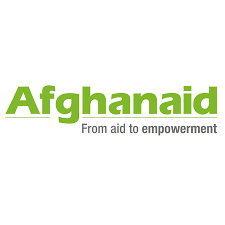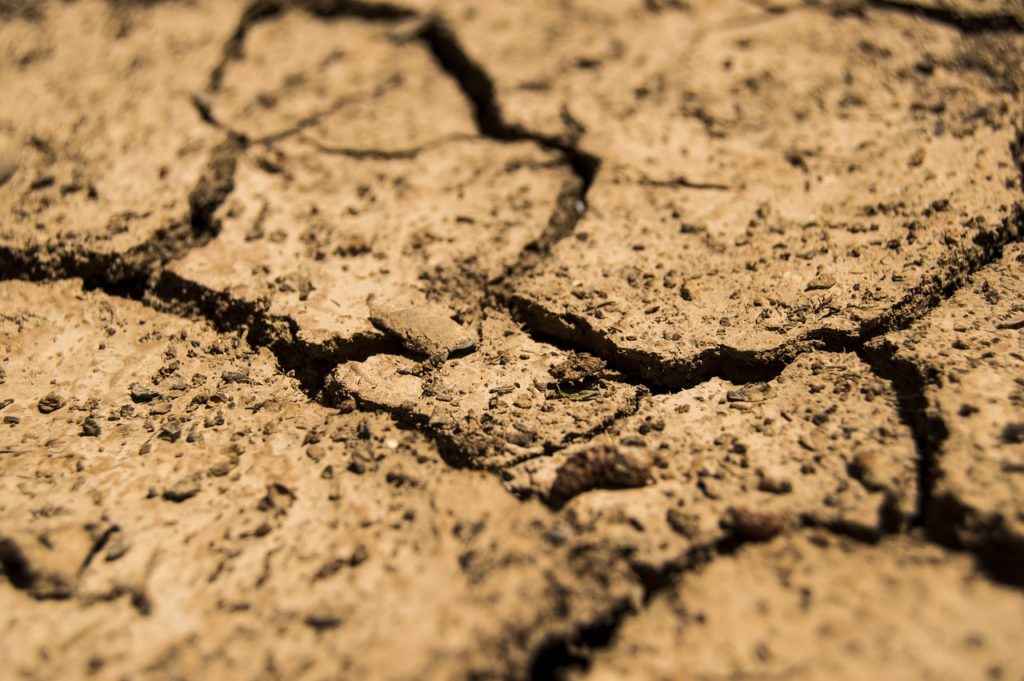
For over 35 years, the British humanitarian and development organization Afghanaid has been working to improve the lives of millions of Afghans who are vulnerable and underserved. The organization it maintains a presence in some of Afghanistan’s poorest and most remote communities.
Afghanaid develops and runs programs across a broad range of focus areas, including basic service delivery, livelihood enhancement, emergency assistance, and disaster risk reduction. Through the organization’s community-led approach, ordinary Afghans play an important role in their own development. They have the opportunity to become active participants in shaping not only their own futures, but the future of their country as well.
Afghanaid’s recent and current projects include:
1. Restoring Mine-Contaminated Land
For the past two years, Afghanaid has worked in partnership with the HALO Trust, a charity focused on land mine clearance and mine risk education. Due to the decades of conflict it has experienced, Afghanistan is one of the world’s most heavily mined countries. Many regions are still littered with unexploded ordnance.
This makes life extremely difficult for the 80 percent of Afghans who rely on agriculture for their livelihoods. When land cannot be used for crops or grazing because of land mine contamination, whole communities are trapped in poverty and lives are put at risk on a daily basis.
Afghanaid is working to address this issue by coming to areas that the HALO Trust has cleared of mines and unexploded ordnance. It then helps local families rebuild their livelihoods by making good use of their cleared land.
In Samagan and Logar provinces, for example, Afghanaid has provided training in improved agricultural techniques, orchard and greenhouse management, and poultry rearing to nearly 3,000 people. The organization has also supplied the technical assistance and tools needed to transform this previously dangerous land into a valuable, productive resource.

2. Improving Livestock and Animal Welfare
Most families and households in rural Afghanistan rely on animals, whether for food, transportation, or economic livelihood. Despite this dependence, however, few Afghans have the skills, knowledge, or resources to provide proper care for their animals. In addition, access to experienced veterinarians is rare in remote regions.
As a result, the well-being of many animals is seriously compromised. This negatively impacts both the animals themselves and the people who rely on them.
To help improve animal welfare in rural Afghanistan, Afghanaid recently launched a new partnership with the international equine welfare charity Brooke. This collaborative project will see Afghanaid working in Daykundi province to provide mentorship and specialized training to vets as well as education for farmers regarding the benefits of good animal welfare and the importance of veterinary services.
The organization will also teach farmers critical animal husbandry skills, such as appropriate animal handling, proper housing and feeding, and the identification of diseases. The aim of this initiative is to create a “virtuous cycle” in which improvements to animal welfare lead to greater productivity, which in turn leads to greater prosperity.
3. Responding to Severe Drought
Recent years have seen Afghanistan struggling with severe drought. Because of the resulting water shortage, crop yield has been much lower than usual for the past several seasons. As a result, many rural households have insufficient food for either themselves or their livestock. This has led to significant income reduction and has greatly increased vulnerability to environmental and economic crises.
This devastating situation has left thousands of Afghan families in need of urgent humanitarian assistance. In coordination with the World Food Programme and local partners in Afghanistan, Afghanaid has worked to provide essential food and supplies to nearly 11,000 struggling families in Ghor province, which has been one of the regions hit hardest by drought.
With this assistance, these households can stave off hunger and malnutrition. In addition, they can avoid the negative coping strategies (such as selling off livestock at a very low price) that are unfortunately common in these extreme situations.

4. Promoting Sustainable Use of Natural Resources
When Afghan families in rural areas need food, water, fuel, medicine, and construction materials, they often turn to the forests, rangelands, and rivers that surround them. However, over the years, a lack of proper regulation and oversight of these resources has led to severe depletion and deterioration of many of these natural systems.
Today, the strain on Afghanistan’s natural ecosystems is even further exacerbated by increasing pressure from rapid population growth, rising land prices, climate change, and recurring natural disasters. This is not only problematic from an environmental point of view, but a social one as well. Resource scarcity is often a significant factor in ethnic, political, and regional conflicts.
To help transform scarce natural resources into sustainable assets, Afghanaid is embarking on a major four-year project in collaboration with the Liaison Office, an Afghan NGO, with support from the Swiss Agency for Development and Cooperation. Taking place in Daykundi province, the project will support 4,500 rural families as they learn to more effectively manage the natural resources they depend on.
A key element of the initiative will be the creation and training of local rangeland management associations. This will help communities work together to manage rangelands in a way that is equitable, inclusive, and sustainable.
